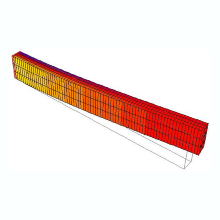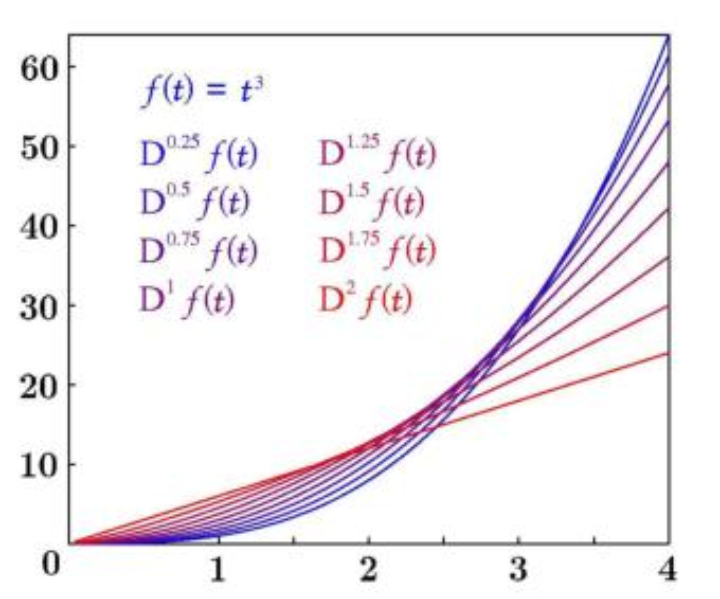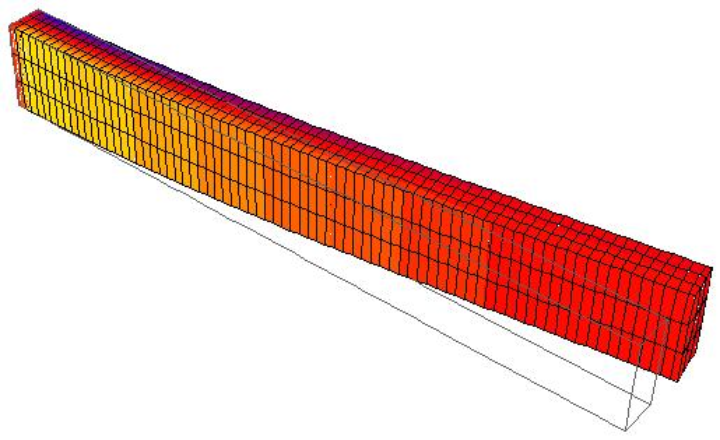In the framework of viscoelasticity fractional derivatives can be used to define a generalized rheological element the stress of which is proportional to a fractional time derivative of its strain. Thus, if the order of the derivative is taken to be zero this generalized element behaves like a spring and if the order is taken to be one, it represents a viscos dashpot. This is why this element is called a 'springpot'.
Rheological models which are constructed from springs, dashpots and springpots are proven to be thermomechanically consistent and show causal behavior. The constitutive behavior of such models is then described by fractional-order differential equations. As a consequence, the equation of motion of a mechanical system that is damped by springpots also is of fractional order. A numerical solution of these 'fractional equation of motion' for time-domain calculations can be realized within common time-stepping algorithms. In addition, an implementation into discretization methods such as the finite element method, the boundary element method or the finite difference method does not cause serious problems.
The costs of the evaluation of fractional derivatives are computationally expensive since they are so-called non-local operators. In addition, depending on the algorithm used to compue the occuring fractional derivatives, the underlying fractional model (fractional derivatives only of the strains or also of the stresses) and the time-integration scheme used (implicit or explicit), different problems and questions arise.
Within this project, a finite-element solver is to be coded in Matlab, that allows for time-domain calculations of fractionally damped structures in conjunction with different time-stepping algorithms. The constitutive behavior of all viscoelastic members will be described by arbitrary fractional constitutive relations. In a next step, different numerical approaches for the evaluation of fractional derivatives will be implemented in order to test their numerical efficiency, the order of convergence and the quality of the results. Depending on the constitutive model, predictor-corrector formulations have to be developed additionally.
Publications
Schmidt, A., Lotsch, M. and Gaul, L.: "Implementation of a new method for the computation of fractionally damped structures into the finite element method", Shock and Vibration, 17(4-5), 2010, pp. 419-428
Schmidt, A.: "Comparison of concepts for the efficient evaluation of fractional derivatives in time-domain calculations", in: Angewandte und Experimentelle Mechanik - ein Querschnitt, K. Willner, M. Hanss (Hrsg.). Der Andere Verlag, Marburg, 2006, pp. 211-231
Schmidt, A. and Gaul, L.: "On a critique of a numerical scheme for the calculation of fractionally damped systems", Mechanics Research Communications, 33(1), 2006, pp. 99-107
Contact





